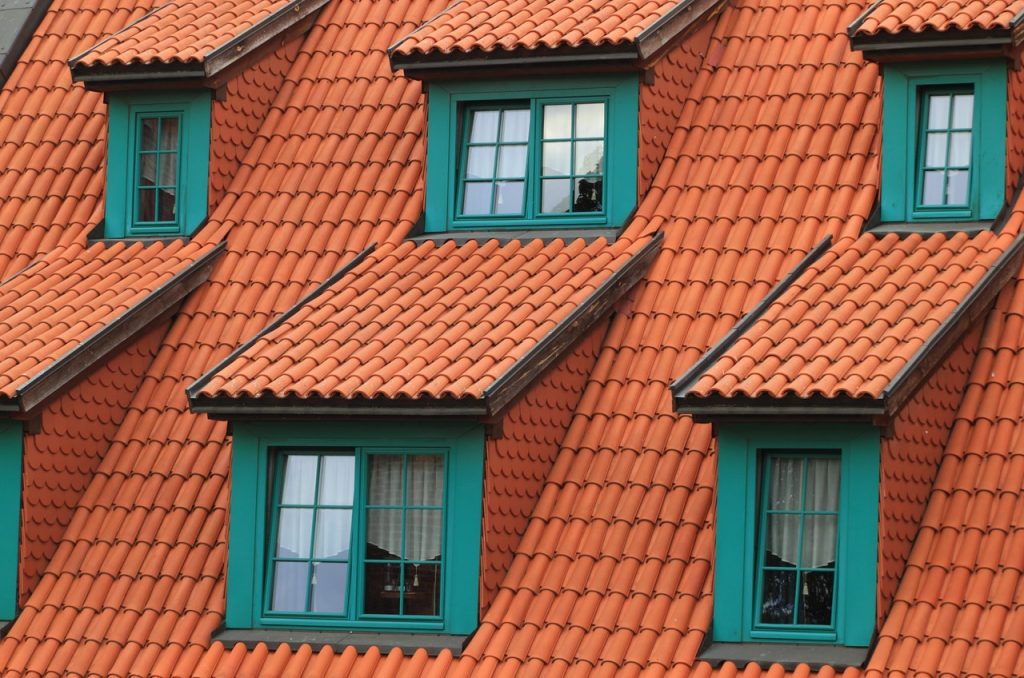Every homeowner knows how painful maintenance can be. Ownership goes both ways: you get to reap the benefits of owning your own home, but you’re also responsible for its upkeep. And it often seems like that there’s also something that needs fixing or replacing. With your limited time and resources, it’s smart to focus on key areas that have a bigger effect on your home’s condition. One of those areas is the roof.
Roof maintenance can seem like a daunting task. After all, it’s a big job, and one wrong move can cause thousands of dollars in damage. While roofing maintenance, by and large, are best left to the professionals, there are a few things you can do to keep it in good condition. Regular cleaning and inspections can help you catch small issues before they become bigger. Here are a few tips to get you started.
1. Inspect the shingles
Your roof has to deal with extreme heat, cold, wind, and moisture, and the temperature fluctuations can cause rapid expansion and contraction of the materials. The shingles take the brunt of the damage, and you must check for damage at least once every three months.
Make sure to take photographs every time you inspect the roof, so you’ll have a visual reference for later inspections. It’s normal to find light wear and tear, but if you come across cracks or missing shingles, you’ll need to initiate repairs immediately.
Ceramic shingles can be replaced individually, while you may need to replace the entire panel if it’s made of plastic. Keep a copy of the roof specifications if you need to order a replacement from plastic sheet manufacturers.
2. Check for algae and moss growth
Some homeowners let moss or algae grow on their roofs as a design element, but too much of it can cause extensive damage. It’s best to keep your roof clear of vegetation, as the root systems may damage the entire structure and introduce moisture into your home.
Hire a professional roof cleaner to remove moss and algal growth. During the dry months, you can also apply products that help prevent growth, such as copper and zinc strips. Make sure to reapply the product after winter to prevent further growth.
3. Clean the gutters
The gutters catch excess water and direct them away from the roof and foundation. Debris such as leaves and sticks tend to accumulate in the piping, so make sure to clean the gutters at least once every six months. If there are trees near your home, you may have to clean more often. If the gutters are clogged, you risk moisture damage in your home’s walls and ceilings.

4. Trim nearby branches
Always trim the trees on your property, especially those that hang near the windows and the roof. Heavy winds can cause tree branches to move and bend and potentially damaging your home. Hire a professional to trim branches close to your home. It might also be a good idea to check the health of the trees on your property. A weakened or dying tree might collapse and hurt people.
5. Insulate the attic
If your roof is poorly insulated, water from melted snow and ice can seep into the roof’s lowest layer and penetrate the structure. Ice can also block the gutter and prevent proper water drainage, exacerbating the problem. Make sure your attic is insulated to prevent heat from escaping through the roof and melting the ice.
A final word
Prevention goes a long way, and these five tips will help ensure that your roof will remain in good condition for years to come. Always work with professionals when conducting repairs. The last thing you need is a DIY repair that causes more problems than it solves.
